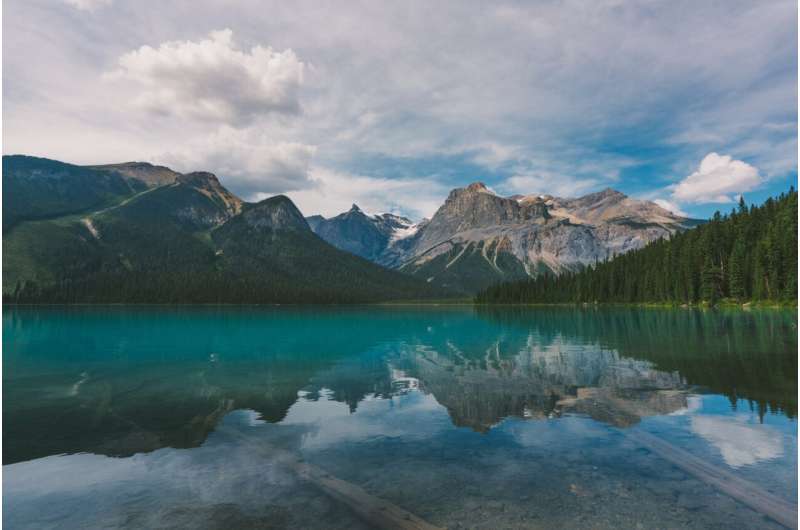This article has been reviewed according to Science X's editorial process and policies. Editors have highlighted the following attributes while ensuring the content's credibility:
fact-checked
peer-reviewed publication
trusted source
proofread
Protected areas may not serve as 'stepping stones' under climate change

Species across the planet are shifting their ranges in response to climate change. Historically, protected areas provided refugia and high quality habitat to help preserve biodiversity.
In a new study published in Global Change Biology, Sean Parks, a research ecologist with the USDA Forest Service Rocky Mountain Research Station, Aldo Leopold Wilderness Research Institute, and his colleagues analyzed a database of global protected areas to see how well these nature reserves, national parks, and wilderness areas will function as "stepping stones" for species adjusting their ranges as the planet warms.
"It's been suggested that these protected areas can serve as safe harbors for species moving or shifting in response to climate change," Parks says. "But we're finding that may not always be the case."
The researchers analyzed contemporary climate and human land use data and found that that many species will not be able to move from one protected area to another in response to climate change—a situation described as climate connectivity failure. Roughly two thirds of the world's 30,000 protected areas will achieve so-called climate connectivity failure under a 2℃ warming scenario.
A diverse range of factors contribute to a protected location being vulnerable, including instances in which protected areas are too far apart or separated by habitats a species cannot pass through—such as a desert between two mountain ranges—or those in which species would have to move through highly developed areas. Further, as the planet warms, certain climates may simply disappear, leaving species with nowhere to go.
Katherine Zeller, a research biologist at the Rocky Mountain Research Station, Aldo Leopold Wilderness Research Institute, and a co-author of the paper, says that the research is impressive from a computational standpoint, requiring a supercomputer to run all the data, "but it also comes to some really critical conclusions in terms of the current global protected area system and how it might function in the future."
In December 2022, the United States joined more than 190 countries in pledging to protect at least 30% of the planet by 2030. Currently, the U.S. has set aside roughly 13% of its land and 19% of its oceans. As the country contemplates how best to achieve its 2030 commitment, Parks says that conservation managers can use the study's findings to "strategically prioritize and maximize the probability that species can shift their ranges and more effectively use protected areas as stepping stones under climate change." Parks adds that in some places more extreme interventions such as transplanting species from one place to another are a possible management strategy.
More information: Sean A. Parks et al, Protected areas not likely to serve as steppingstones for species undergoing climate‐induced range shifts, Global Change Biology (2023). DOI: 10.1111/gcb.16629
Journal information: Global Change Biology
Provided by USDA Forest Service





















